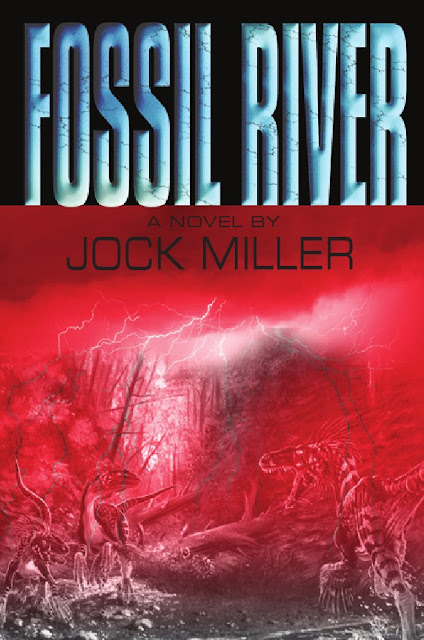The legends of the Moa still surviving in New Zealand continued into the
20th century and as modern myth it is still well and alive until the
last years. In 1993 the military officer
Paddy Fearney and teacher
Sam Waby
claimed to have seen a large bird on the shores of a river in the
interior of the Southern Island. After a first surprise Fearney managed
to take a photo that was widely published in the January and February
issues of various journals.
However the photo is very blurry and palaeontologists consider the photo
showing only the posterior part of a deer. Also it would not be the
first hoax in the history of the Moa – in 1954 the workman
Neville perpetuated a hoax by applying false claws on his shoes and creating some Moa footprints.

Paddy was a former member of the British elite SAS squad and an avid
mountaineer, and was not thought of by his peers as a publicity seeker.
His Story. “The three claim the creature stood three
feet off the ground, had a thin long neck, roughly three feet long,
ending in a small head and beak. The bird had reddish brown and grey
feathers that covered the entire body with the exception of its legs
from below the knees. Seeing the men the Moa fled across the river,
Freaney gave chase and was able to take a photograph of the Moa at a
distance of nearly 115 feet”.
The claim, because of who he was and because of the photo, meant the
event was taken seriously at the highest levels of government. Many
debunkers appeared and claimed Paddy’s sighting was nonsense and that
the photograph was everything from a fake to a small red deer. Paddy was
upset and outraged and spent many years trying to regain his good name
by launching expeditions to find proof that the Moa was out there
unfortunately to no avail.
 Despite scientific wisdom denying any evidence that Moas
lived past the 1500s, the legend of the still-roaming Moa, so central to
the life of early Maori persist – Here are a couple of the more
credible reports.
Despite scientific wisdom denying any evidence that Moas
lived past the 1500s, the legend of the still-roaming Moa, so central to
the life of early Maori persist – Here are a couple of the more
credible reports.
1) In 1880, at Martins Bay, 30km north of Milford Sound, in Fiordland
Alice McKenzie (Age 7) describes in her meticulous diary jottings of
everyday life how she saw a large blue bird under flax where the bush
line met the beach. Alice describs touching the bird’s curved rump
feathers and stretching out one of its dark-green, scaly legs. It was
only when Alice tried to tether the bird with flax that it let out a
“harsh, grunting cry” and chased her for a short distance. McKenzie
described the bird as being pukeko blue, with legs as thick as her wrist
and no noticeable tail. When it stood up, it seemed as tall as she was
2) In 2008, Rex & Heather Gilroy, Cryptozoologists have claimed
to have taken casts of Moa footprints from the Ureweras range (Remote
North Island) and made other claims about their current-day existence.
Gilroy claimed these proved the later-day presence of the smaller scrub
Moas, measuring between 90 centimetres and about 1.5 meters.
See more














